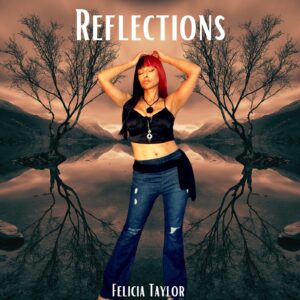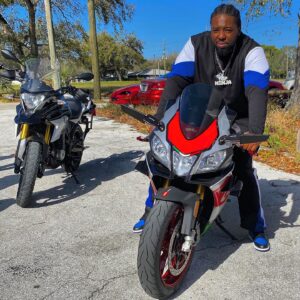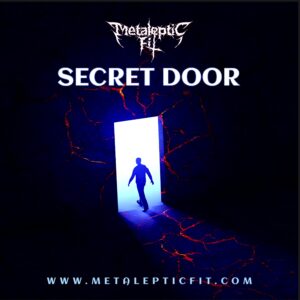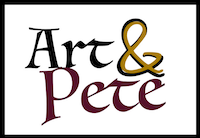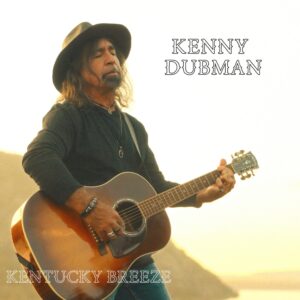
In 2004, when she was just eight, Kansas Bowling got a Super 8 camera for Christmas. As outdated as the technology was, Bowling fell in love with it and started shooting short films with her younger sister, Parker Love. Less than a decade later, she would premiere her first full-length, totally shot on film, naturally.
Now the 23-year-old director and actor is set to release her second full-length film and has directed more than twenty music videos, all shot on Super 8 or 16 mm.
“I just never touched a digital camera basically,” says Bowling. “The first thing I ever made was my feature (B.C. Butcher), and I just knew I wanted it shot on 16mm because I really love The Texas Chainsaw Massacre, like how it looked. Since then I just was like, ‘I don’t know why anyone would not want to shoot on film.’ It looks so good.”
Bowling is presenting a selection of her music videos at Lane Meyer Projects on November 24, as well as screening the short film “Dolphy,” in which she stars. Her boyfriend, Don De Vore of the bands Collapsing Scenery and the vampire-themed ’90s outfit Ink and Dagger, will be on hand to play live electronic music and talk about the music videos Bowling shot for his band.
De Vore says he was initially attracted to Bowling as a video director because of the distinctive, low-tech look of her filmed works.
“The way I approach audio is very old-school, analog,” says De Vore. “My solo sets are all sort of like analog electronic instruments, so I’m always a sucker for someone who’s approaching films from the analog side of things.”
Her commitment to eschewing digital technology, he says, made her a natural pick to film Collapsing Scenery videos.
“The prospect of shooting something on video doesn’t even count to her,” he says. “It wouldn’t even be real footage.”
For Bowling, who’s projects tend to nod back to the campy, B-movie slasher films of the 1960s and 1970s, it’s all about the look of film.
“Before I was a filmmaker, I just knew I liked the look of certain films, and didn’t like the look of other films,” she says. “But I came to find out that I just liked all the stuff shot on film. I feel like even if you aren’t very particular about how things look, there’s still a pretty obvious difference [between] what’s shot digitally and what’s not.”
The most obvious difference, she says, is the color. When you see a film or video with rich, vibrant colors, it’s probably shot on film.
“The colors on 16mm are so much nicer,” says Bowling. “With digital, you have to spend a lot of time color correcting, which is also a lot of money. It’s happened a couple times where I get film back, and I don’t do any color correction because it already just looks perfect.”
There are some practical concerns as well. Bowling says trying to keep up with new technology can be mind boggling, and pretty expensive to boot.
Director Kansas Bowling will screen a handful of her music videos on November 24 at Lane Meyer Projects.
Still from Dolphy, Courtesy of director Laura Conway
“When you shoot digital, there’s always a brand-new camera that you have to be shooting on,” she says. “And you either have to buy that camera or rent that camera. If you’re going to rent a fancy digital camera, that’s going to cost you as much as shooting on film.”
That’s not to say film-based projects are cheap. Shooting on 16mm, she says, can add as much as $50,000 to the budget of a full-length film.
“But if you’re making a million-dollar movie, that’s not a big deal,” she says. “Shooting on film is expensive, but in the grand scheme of things, with big-budget stuff, it’s really not that crazy.”
Although the screening at Lane Meyer is centered around Bowling’s music videos, the director says full-length films are her primary focus. She makes music videos in part because they are fun, but mostly because they have allowed her to hone her craft in an arena where the stakes are lower.
“Music videos are more of an exercise for me,” she says. “They’ve helped me become more confident in what I do and help me really develop my own style. I’m really glad I’ve been able to do that so it doesn’t take a few feature films to get that down. I can just, right off the bat, make a feature film in my own style.”
Loosening the reins, however, can be tricky. With music videos, she says, the musicians often have their own ideas about how things should be done, which can be a headache for someone like Bowling, who got her start in filmmaking by forging her own path.
“I always have a very specific vision for what I do with my features,” says Bowling. “With music videos it’s a lot more of a collaborative effort. Sometimes bands have their own idea for the video, sometimes they just let me do whatever I want. It’s more about a way I could sometimes take someone else’s idea and turn it into something cool.”
That can be a challenge when the artist she’s creating for has strong ideas of their own. In one instance, a musician had a concept that Bowling didn’t love, but was able to remold into a project she was proud of.
“I just started, like, doing my own thing” says Bowling, “and when they started to see that what I was doing was cool, I was able to sort of convince them to let me put the reins on it. And it definitely worked. She’s extremely happy with the end result.”
Music Videos With Kansas Bowling, “Dolphy” and Don DeVore will start at 7 p.m. Sunday, November 24, at Lane Meyer Projects, inside Pon Pon, 2528 Walnut Street, Denver.
Oakland Childers has been a music journalist since he was sixteen.

